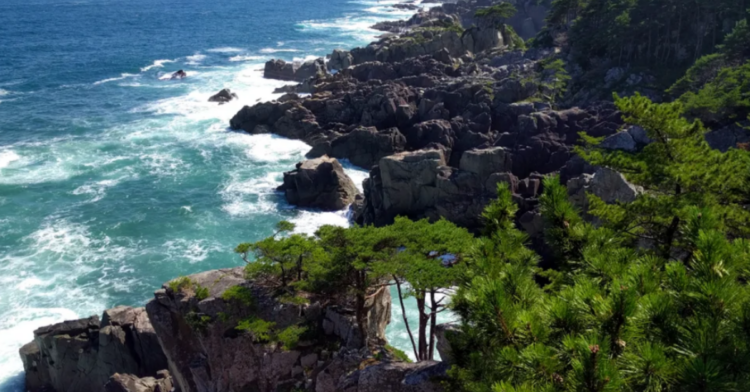Although it happened a decade ago, the earthquake and tsunami that devastated Japan in 2011 has continued to cast a haunting shadow over the nation’s coastal regions.
As Reuters outlined , the disaster was responsible for the deaths of almost 20,000 people, which means that thousands of families have been been irreparably scarred by it.
But the disaster also had long-lasting implications for the nation itself as it also triggered a series of meltdowns at the Fukushima nuclear plant that forced tens of thousands to evacuate the area.
But in more recent times, those meltdowns have left Japan with a large amount of radioactive wastewater that the government is now planning on releasing into the Pacific Ocean.
And as we’re about to see, this is not happening without opposition from Japan’s closest neighbors.
For the past seven years, the Japanese government has mulled over options for disposing of water used to cool melted fuel unleashed by the meltdowns.

That information comes courtesy of The Japan Times , who also reported that they eventually announced their decision on April 13.
According to The Washington Post , the government now plans to release 1 million tons of water collected from Fukushima into the ocean in two years.
Once this process begins, the plan is to proceed with this release slowly over the course of decades.

As The Washington Post reported, the Japanese government stated that the water would first be treated to remove hazardous isotopes and diluted to meet the World Health Organization’s standards for drinking water.
Although they don’t expect to have the capability to remove a radioactive form of hydrogen called tritium from the water, radiation experts have stated that the results will mean only a minute dose of radiation for those who drink it with the tritium quickly passing through the body.
This plan will be supervised by the International Atomic Energy Agency.
Nonetheless, representatives from China, Taiwan, and South Korea have come out in opposition of the idea, saying the water would harm marine ecosystems while having negative implications for food safety and human health.

Likely speaking in response to similar concerns, Japan’s Deputy Prime Minister Taro Aso had said the treated, diluted water would be safe to drink that it should have been released earlier.
According to The Japan Times , he had stated “I have heard that we will have no harm” at a press conference on the same day as the plan was announced.
These comments led a representative from the Chinese Foreign Ministry named Zhao Lijian to challenge Aso to “take a sip” of the water if he’s so confident in its safety.

As we can see, this challenge came from a tweet in which he also said “Ocean is not Japan’s trash can.”
If this challenge isn’t meant to be rhetorical, it’s unclear how Aso is supposed to be able to do so before the water is treated and diluted by seawater.
Putting aside these logistical questions, Zhao’s challenge is nonetheless similar in principle to an action former Prime Minister Shinzo Abe voluntarily undertook.

According to The Washington Post , Abe had publicly eaten seafood caught off the coast closest to the Fukushima plant at multiple points during his administration to assure consumers that it was safe.
But again, it’s unclear whether Zhao was willing to let Aso wait the two years before the water was released to fulfill his challenge or whether he expects Aso to do so now.
Of course, that’s all assuming the challenge was intended as anything more than a rhetorical device.
It’s worth noting that multiple nuclear power plants in China have also released similarly treated wastewater into the ocean.

As The Washington Post reported, this was particularly true of the Daya Bay plant in Shenzhen, which had released a large amount of tritium into the sea according to Chinese records.
Although Zhao said that, “No comparison can be drawn between the two,” he didn’t actually explain how the initiative to dispose of wastewater from Daya Bay differs from Japan’s plan for Fukushima.

















































